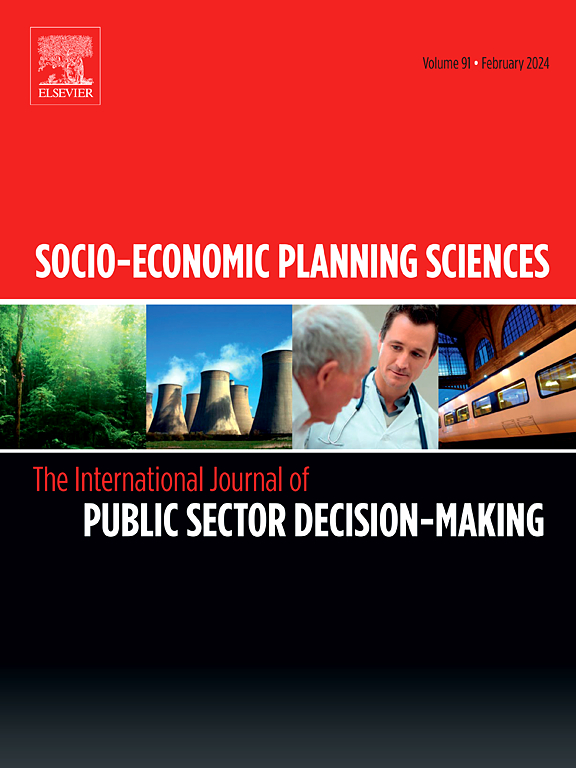Incentives for local government expenditures on people’s livelihood: the role of high-speed rail
Abstract
Can high-speed rail (HSR) lines create effective incentives for local governments to supply public goods for people's livelihood? This paper builds a time-varying difference-in-differences (TVDID) model and uses 2002–2018 Chinese data. The empirical results show that HSR enhances the fiscal responsiveness of local governments and creates effective incentives for local governments' expenditures on education and medical/health care; however, this “HSR effect” does not significantly influence expenditures on social security or employment. The mechanism analysis shows that HSR has a significant amplification effect on interregional competition, specifically in terms of market access and human capital agglomeration. Notably, the opening of HSR lines forms a new “incentive-constraint” mechanism for local governments to supply public services for people's livelihood from both the supply and demand sides, and the fiscal and administrative capacities of local governments can strengthen the influence of HSR lines on the supply of public goods for people's livelihood.

 求助内容:
求助内容: 应助结果提醒方式:
应助结果提醒方式:


